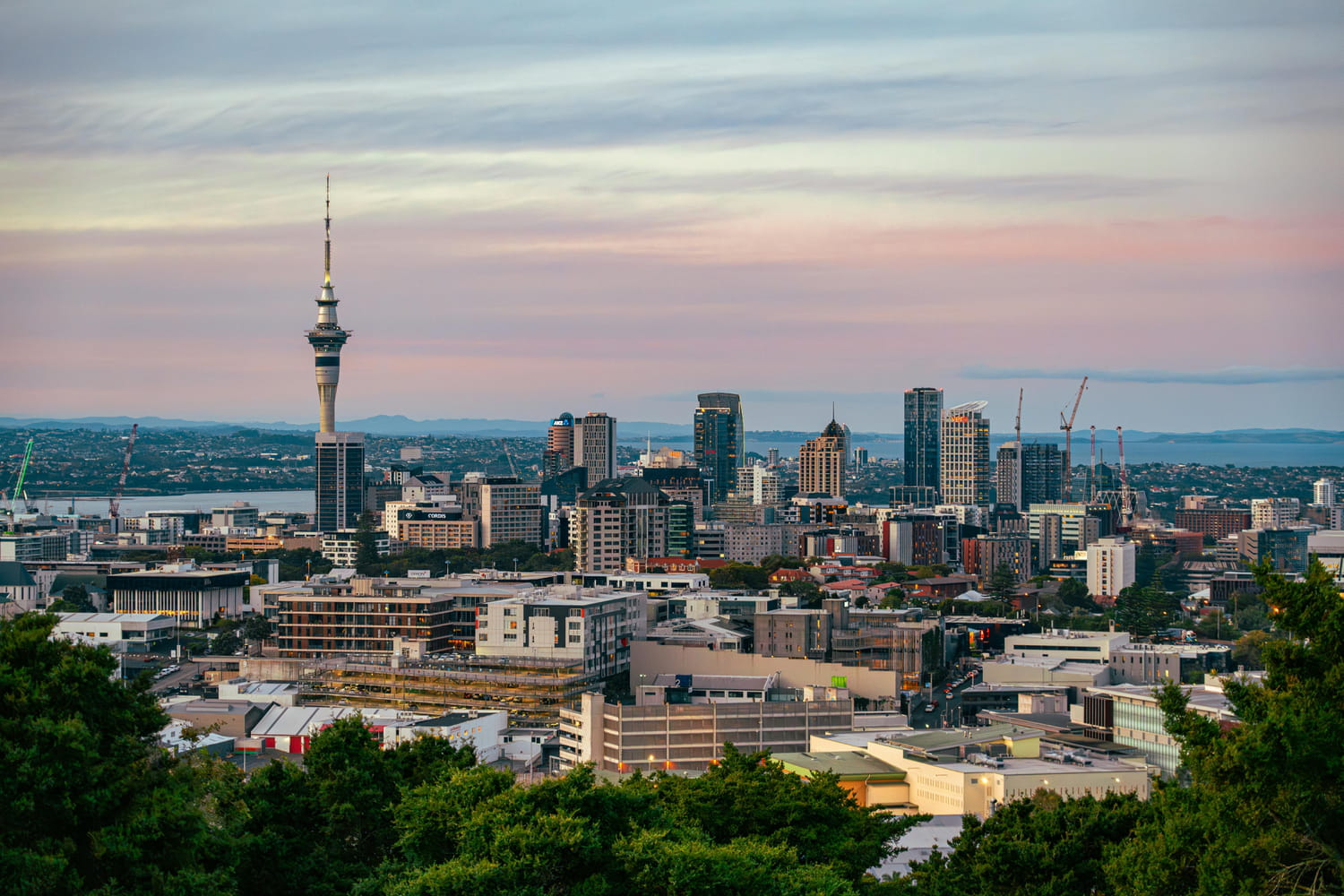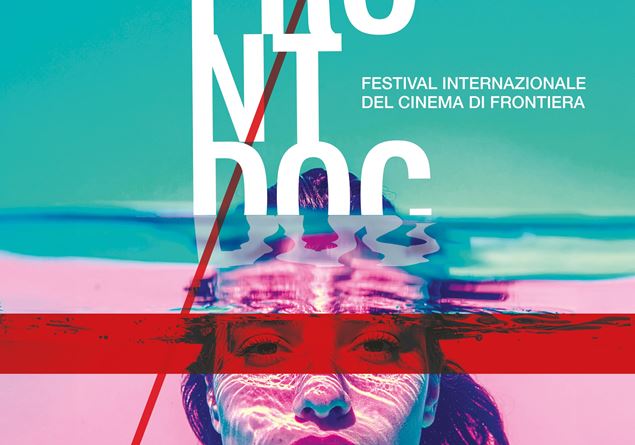In decor, light plays a big role, if not everything. A simple detail can enhance a room or ruin it… And certain lighting fixtures considered trendy are in reality a decorator’s nightmare, like this one.
Lighting is one of the most determining elements in interior design. It brings life to a room, shapes the atmosphere, highlights the volumes and brings warmth or freshness. However, a type of lighting that has been very popular in recent years, which is believed to be modern and efficient, is far behind among decorators and interior designers. It compromises the harmony of a space, distorts colors, and creates artificial light, without nuance, difficult to bear on a daily basis.
Seduced by the technological promise of contemporary – energy saving, modularity, simple installation – we slip a few designer lighting fixtures into the room, sometimes connected bulbs or indirect lighting effects supposed to give character. But this particular process, although popular on social networks, hides a major drawback: it can leave marks or damage the walls when removing it. It does not always adapt to the reality of an inhabited interior.
The problem does not lie in the light intensity, nor in the color temperature, but in the very nature of the light produced. Many fall victim to lighting that appears refined, but creates a cold, uniform, almost clinical atmosphere. It crushes the relief, fades the noble materials, and produces harsh shadows. Unsurprisingly, the result often seems artificial, far from the natural warmth we are looking for.
So, what is this luminous faux pas that makes decorating pros cringe? These are the famous LED strips. Placed under furniture, in cornices or behind architectural elements, they provide linear light which, at first glance, appears ultra-modern. But in reality, these LED strips create too homogeneous, flat light, which erases any depth and weakens the warm effect of a space. And worse, their strong bond can damage paint or plaster once peeled off.
For a successful room, it is best to play on varied light sources, soft focal points and subtle indirect light. A choice that preserves both the atmosphere and the walls.








